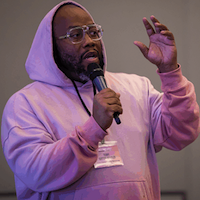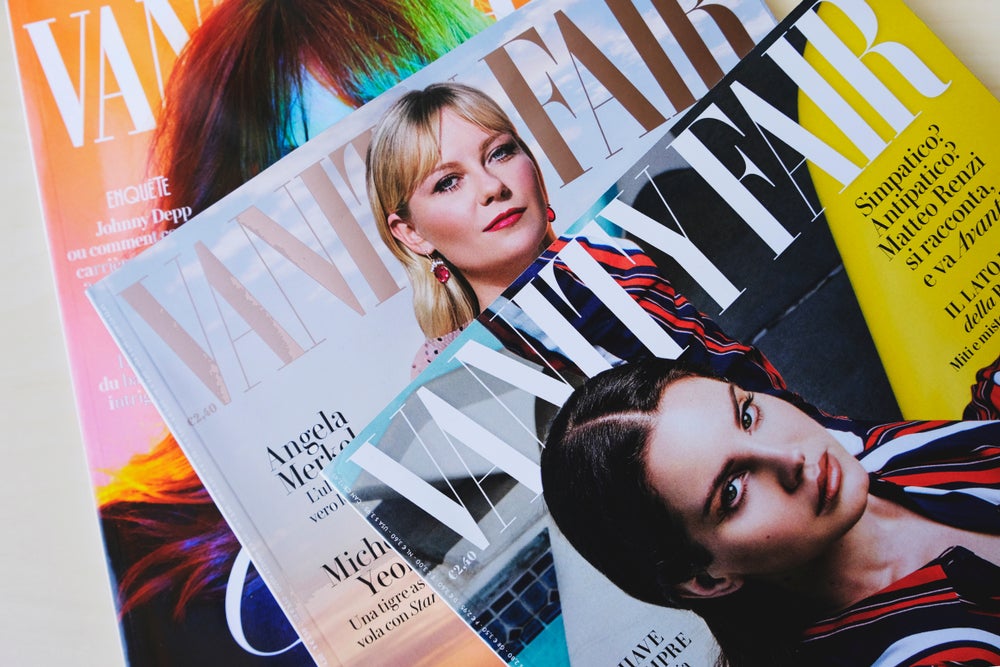It seems that every agency pats itself on the back for promoting an environment in which creativity can flourish, as though simply saying it will seduce potential clients or high-powered creative talent to walk, mesmerized, into its arms.
With all due respect to my peers in agency management, that’s the very definition of puffery. Often that proclamation simply means they’ve got a pool table and an espresso machine somewhere in the creative department. Sorry, but a makeshift Romper Room does not a creative environment make.
One of the few child-development theories I have ever paid any attention to says that if you live in or near a big city and you have an infant, take the little person out for an urban stroll as often as you can. The theory is that kids exposed to urban environments from infancy will gain an intellectual head start on their peers.
Don’t ask me for the empirical data, just consider it intuitively: The urban turbulence of sound, movement, color, language, and emotion kicks the infant brain into overdrive, forcing it to accommodate more information and to create new associations faster.
At the risk of sounding like I am equating creatives with infants, I have always believed that the same theory applies to copywriters and art directors – and, for that matter, to anyone whose product is ideas. I do not think you can overfeed the creative mind. The danger is in underfeeding it. Few people running agencies disagree with this logic. So why do we all so consistently disregard it?
I have always been puzzled when walking into big ad agencies in big office buildings in Manhattan or Chicago or London or even Atlanta, and finding creatives sitting in offices staring out the windows at – Look, Marge! – other office buildings.
The view is no more riveting at lunch time. The furloughed inmates hit the street and commune with the very thing that most of the world is not made of: people in suits and ties and tight shoes. They have lunch at Burger King or TGI Friday’s or any of a thousand cookie-cutter eateries, then scurry back to the cave.
I have also been to direct and promotion agencies housed in strip malls, corporate parks, and industrial complexes (complete with adjacent railroad tracks) where the highlight of the day is when the FedEx truck pulls up to the front door.
For some reason we tend to house our high-priced imaginations in sensory-deprivation chambers. So it doesn’t surprise me that so much of advertising and promotional work is so blatantly derivative of other work.
Pull the trigger More so than in other marketing communications disciplines, our work is about influencing human moments of truth. The demands it places on creatives are unique. Promotional marketing is about triggers – trying to figure out what a consumer is going to do at any particular moment, and how to make that moment pay off. Our solutions are visual, verbal, dimensional, temporal, and often directly interactive.
I want our creatives not only to understand human behavior and interaction as fully as possible, but to have a rich library of images, moments, events, emotions, and trivia from which to draw. And I do not want them to have to get it from TV, movies, and People magazine.
I can’t control where they live, whom they hang out with, where they go on vacation, or what they read, and I would not want to. But I can make sure that the environment in which they spend most of their day is stimulating and not simply because the coffee is always on.
With that in mind, we moved B-12 out of midtown Manhattan about a year ago to settle in downtown SoHo, a land of narrow streets (some still paved in cobblestones), beautiful old brick and stone buildings, funky boutiques and galleries, vibrant restaurants and bars, and a deliciously eclectic collection of posers, freaks, losers, stars, grunts, geeks, wannabes, and clowns.
I knew that, from a strict business perspective, SoHo would be less convenient to vendors, clients, and even some of our own people. But I also believed that it would give us a fresh injection of inspiration; a provocative, disturbing, hilarious, ironic, non-stop cavalcade of fun – the best movie in town.
I tell our people to go to McDonald’s once in a while, stroll through Kmart, and watch prime-time TV. But I do not want them to live the everyday experience everyday. I’m seeing more electricity in my people and in their work, and I think they are having fun.
At least that’s the talk around the pool table.



